#Roman art
Text

Roman silver coin minted in 55 BCE, during Julius Caesar's campaigns in Gaul, by Publius Fonteius Capito, one of the tresviri monetales (mint officials) for that year. On the obverse, the helmeted head of the war god Mars, with a small representation of a tropaeum (trophy) behind him. On the reverse, a Roman horseman rides down two enemy soldiers, identified by their helmets and shields as Gauls.
#classics#tagamemnon#history#ancient history#Ancient Rome#Roman Republic#Roman history#art#art history#ancient art#Roman art#Ancient Roman art#Roman Republican art#artifacts#artefacts#coins#ancient coins#Roman coins#Ancient Roman coins#numismatics#ancient numismatics#Roman numismatics
76 notes
·
View notes
Text
Three Roman Graves Uncovered in Portugal
Three burials dating to the 5th or 6th century AD have been unearthed in the ancient Roman city of Ossónoba in Faro, southern Portugal.
The Ossónoba’s first archaeological evidence dates back to the 4th century B.C., when the Phoenicians settled in the Western Mediterranean. The city was then called Ossónoba From the 2nd century B.C. until the 8th A.D. the city was under Roman and Visigoth dominance being afterwards conquered by the Muslims in 713.
A team of archaeologists from ERA Arqueologia discovered ancient Roman structures and the remains of a man, woman, and child while conducting excavations over a 5,000 square meter area that will eventually house a real estate development.
The excavations, which took place before a construction project, revealed the grave of a man whose skeleton was complete and who would have been between 39 and 45 years old, as well as a young woman under the age of 25, and a baby who would have been no more than six months old, according to archaeologist Francisco Correa.
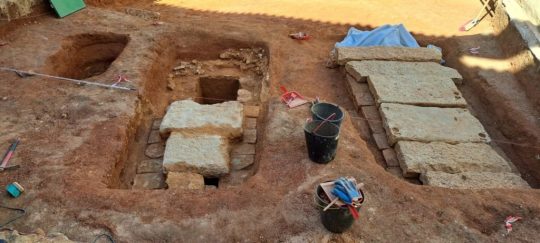
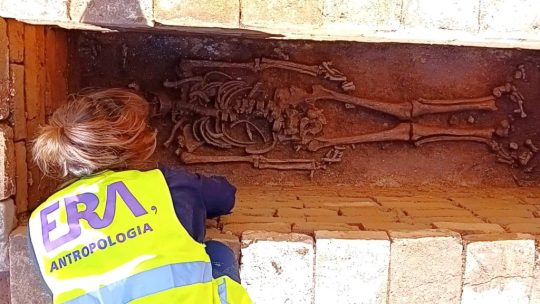

Francisco Correia, the project’s head archaeologist, said in a statement that the discoveries were made in an old truck repair workshop and are believed to date from the 5th or 6th century.
The tombs appear to have been looted in the past to steal “small bracelets, necklaces, and rings,” according to anthropologist Cláudia Maio. The tombs indicate that the people may have had “some economic status” as they were not simply placed in open graves but instead buried in carefully built graves.
The proximity of the three people’s graves seems to indicate that they were family members, though the team cannot be certain of that. “But we cannot say anything for sure,” the anthropologist said.
To learn more, the researchers hope to be able to provide more precise answers through DNA tests and isotopic analysis techniques used to determine population movements and dietary habits from chemical traces in ancient human remains.
This latest archaeological discovery did not come as a surprise to archaeologists, who had already led similar works which resulted in the discovery of a Roman game artifact believed to date back to the first century AD in 2020.

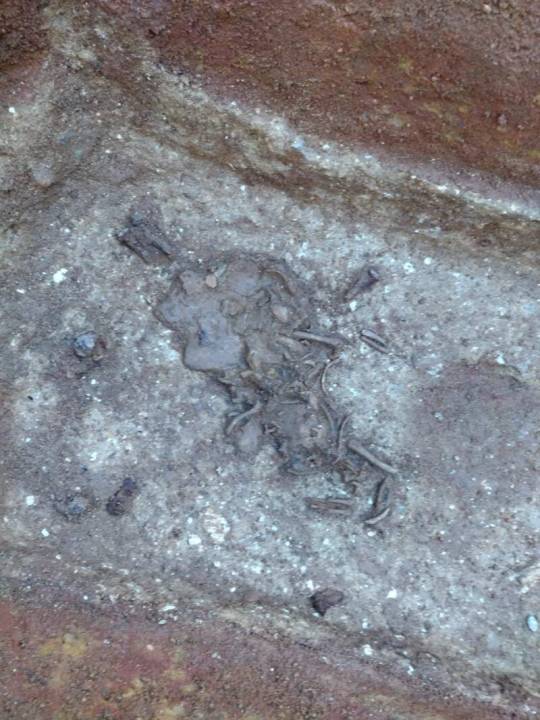

“We know that we are in an area with archaeological potential where there is a 17th-century convent (of Santo António dos Capuchos) to the west, and to the east lies the area where the mosaic of the Ocean God (Deus Oceano), now a national treasure, was found,” he said.
What did come as a surprise to archaeologists was the location of the tombs.
“Based on previous studies, this would have been an area that was possibly residential or more linked to industrial activities. There are many traces of salterns. Largo da Madalena would have been the entrance to the urban area of the city of Ossónoba. The identified graves are in the Figuras area, near Teatro Lethes, close to the Ermida de São Sebastião and the Pavilion of Escola D. Afonso III. This area is almost within the urban fabric,” the archaeologist explained, adding that this illustrates both the “growth and decline of Ossónoba.”
The graves of the man and the woman “were sealed with limestone slabs,” believed to be reused parts from “some of the most emblematic buildings that would have been here in the area,” he believes.
According to the project manager of ERA Arqueologia, who was co-responsible for the work, in addition to the graves, hundreds of small pieces were also discovered which suggest that there may also have been a mosaic there.
The researchers also recovered Roman artifacts in the area, including ceramics, bone dice, nails, pins, a spoon, possible evidence of a dye factory, and coins minted during the reign of Constantine the Great, between A.D. 306 and 337.
Cover Photo: Roman mosaic of the god Oceanus, part of the ancient city of Ossónoba, the modern town of Faro, in Portugal.
By Leman Altuntaş.
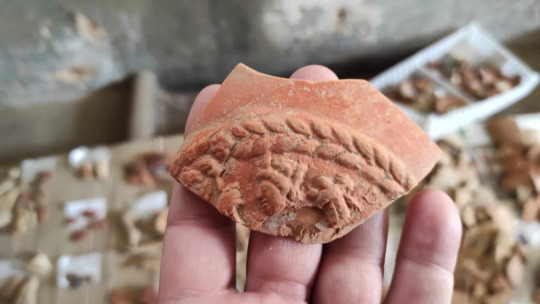

#Three Roman Graves Uncovered in Portugal#Roman city of Ossónoba in Faro#ancient grave#ancient tomb#ancient artifacts#archeology#archeolgst#history#history news#ancient history#ancient culture#ancient civilizations#roman history#roman empire#roman art
72 notes
·
View notes
Text


Stone Head of the Roman God Mercury, Corinium Museum, Cirencester
#roman#romans#roman gods#roman religion#roman belief#roman art#roman statue#roman britain#roman empire#roman building#Corinium#Cirencester#statue#archaeology#relic#head#figure#gods and goddesses
30 notes
·
View notes
Text
MEMENTO MORI

Roman glazed ceramic cup, 1st century AD.

Larvae Conviviales, a miniature skeleton made of bronze, with articulated limbs, Roman work 2nd century AD.
Science Museum, London.
2K notes
·
View notes
Text

2 silver cups, part of the so-called Boscoreale treasure, buried by the eruption of Mt. Vesuvius.
#roman empire#ancient rome#pompeii#ancient history#ancient culture#ancient art#roman art#ancient roman art
4K notes
·
View notes
Text
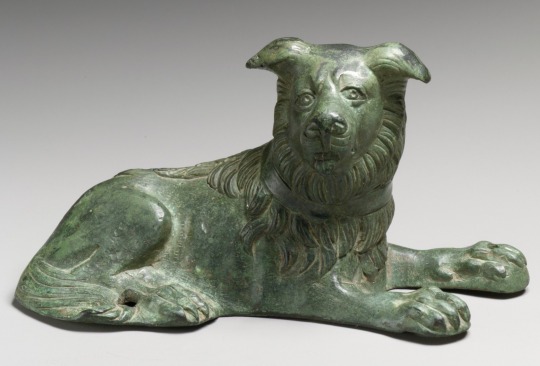
Bronze statuette of a dog
Roman
2nd-3rd century CE
#roman art#dogs#bronze#bronze statue#animals in art#ancient art#ancient people#ancient statue#statue aesthetic#aesthetic#beauty#ancient artifacts#artifacts#antiquities#beautiful animals#dogs of tumblr#cute dogs#modern art#art history#aesthetictumblr#tumblraesthetic#tumblrpic#tumblrpictures#tumblr art#tumblrstyle#artists on tumblr
1K notes
·
View notes
Text
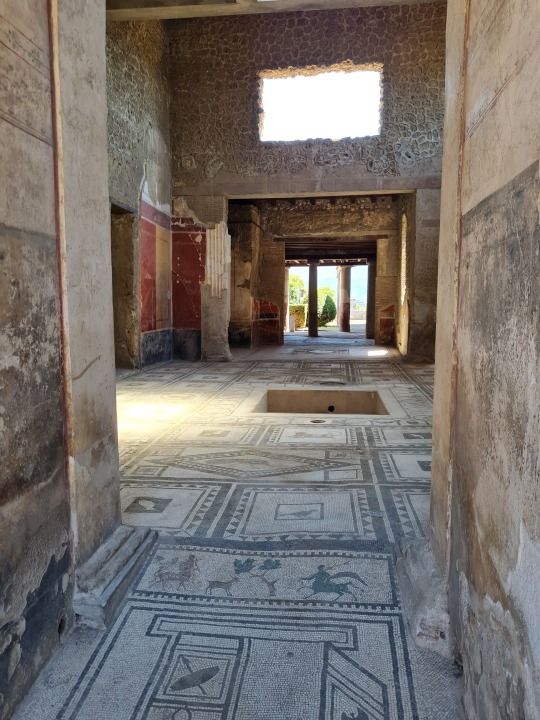


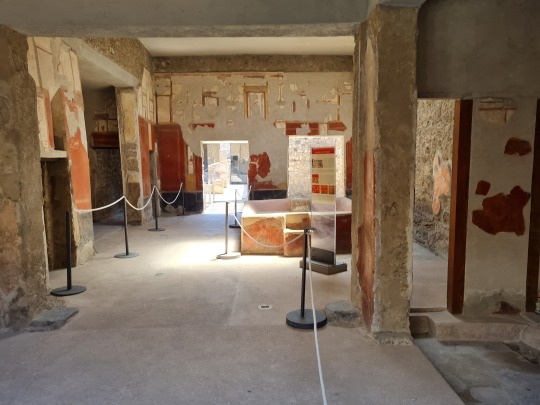
The ancient city of Pompeii, Italy
On the first photo is the house of Paquius Proculus.
On the last photo is the fullonica of Stephanus, a laundry worker who used the house as his workshop.
#pompeii#ancient rome#mosaics#roman art#roman history#ancient#ancient history#antiquity#archaeology#ancientmonuments#vesuvius#ancient art#history#architecture#culture#art#art history#travel#travel photography#traveling#photography#photographers on tumblr#explore#wanderlust#italy#italia#italytravel
438 notes
·
View notes
Text

Menelaus Carrying the Body of Patroclus or Ajax Carrying the Body of Achilles, 1st century AD, Roman copy after a Hellenestic bronze (ca. 200-150 BC), with modern restorations, marble, Loggia dei Lanzi, Florence.
#sculpture#art history#patroclus#achilles#menelaus#ajax#mythology#greek mythology#greek art#ancient greece#roman art#marble#florence
1K notes
·
View notes
Text
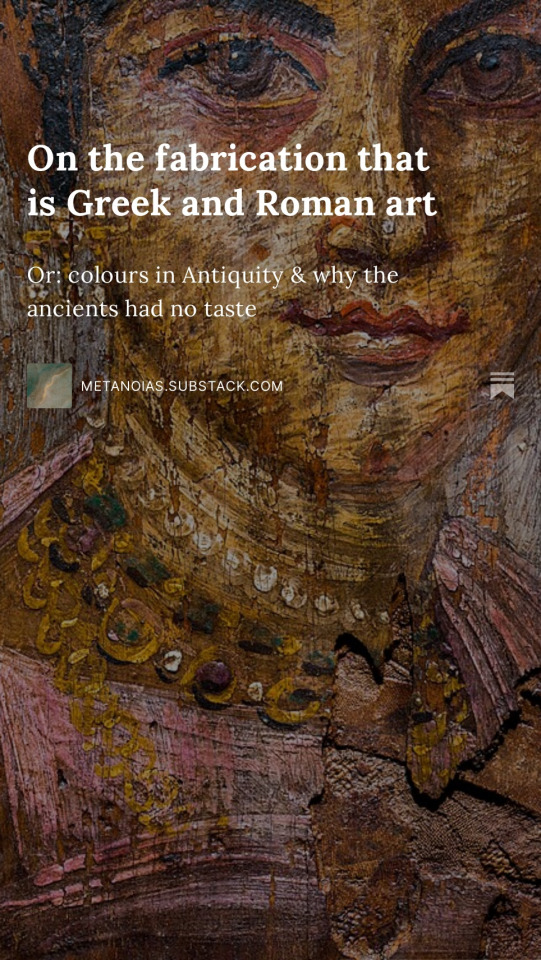
When you think of ancient Greece or the Roman Empire, visions of white togas, ivory temples and sand-coloured amphitheatres likely come to mind.
If so, you might be in for a surprise.
Because this off-white and eggshell-dominated palette, which inspired the pristine surfaces of Renaissance sculptures and the blank facades of Neoclassical buildings, is… a lie.
We now know the ancient world was steeped in colour. It was, perhaps, a tad too colourful for our modern sensibilities — even borderline garish at times.
Click here to learn why generations of scholars and artists believed in a monochrome Classical Antiquity and see historically accurate reconstructions of ancient statues and buildings in all their glorious peacockery.
#art#ancient art#ancient greece#ancient rome#ancient history#ancientmonuments#ancient cities#ancient civilizations#ancient sculpture#roman empire#roman art#art history#history#archeology#archaeology#colors#colours#colour#italy#greece#greek mythology#roman mythology#ancient greek#rome#rome italy#histoire#historic
705 notes
·
View notes
Photo
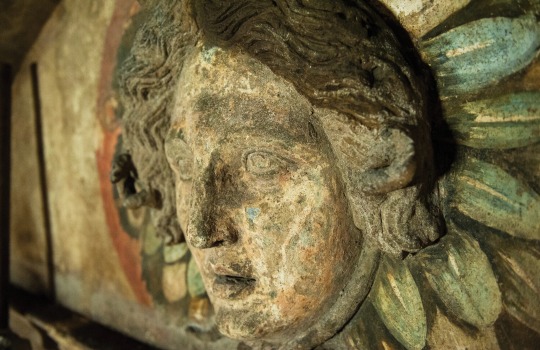


Medusa from Ipogeo dei Cristalli, naples, IT
4K notes
·
View notes
Text

Head from a bronze statue of the Roman emperor Alexander Severus (222-235 AD) from Ryakia, Archaeologica Museum, Dion
376 notes
·
View notes
Text

Mosaic of sea creatures (the so-called "Fish Catalog") from the House of the Geometric Mosaics (VIII.2.16) at Pompeii. Artist unknown; ca. 100 BCE. Now in the Museo Archeologico Nazionale, Naples. Photo credit: Massimo Finizio.
#classics#tagamemnon#Ancient Rome#Pompeii#art#art history#ancient art#Roman art#Ancient Roman art#mosaic#sea creatures#NAM Naples
2K notes
·
View notes
Text



Roman Glass Bowl
1st century B.C.
The J. Paul Getty Museum.
#Roman Glass Bowl#1st century B.C.#glass#ancient glass#ancient artifacts#archeology#archeolgst#history#history news#ancient history#ancient culture#ancient civilizations#ancient rome#roman history#roman empire#roman art#blue
2K notes
·
View notes
Text
villa of livia's garden room fresco, from palazzo massimo

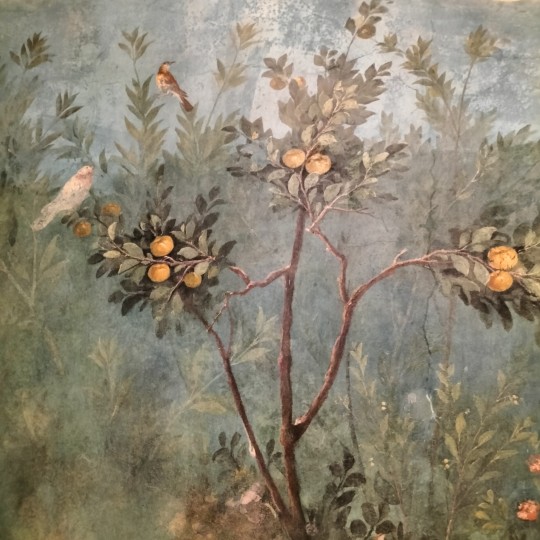
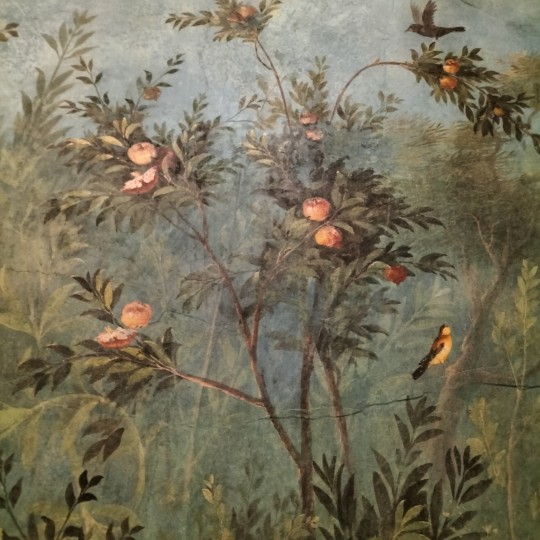


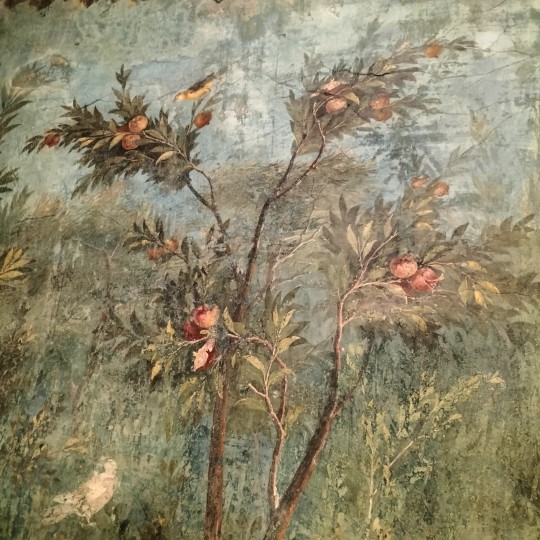
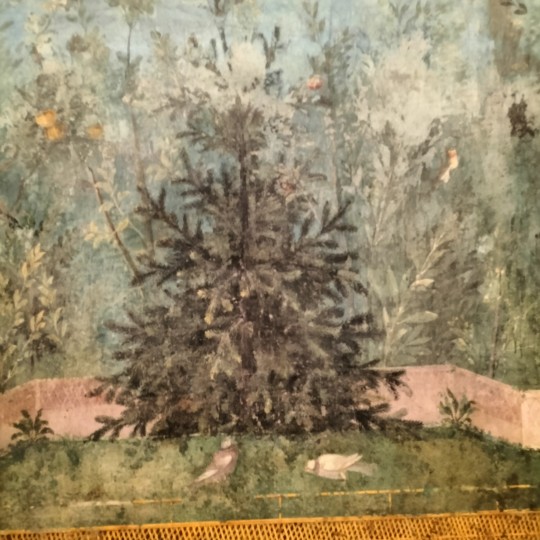

known as ad gallinas albas (of the white hen) because of pliny the elder's tale in his naturalis historia, recounting the myth of livia, newly bethroted to octavian augustus, having a white hen holding a laurel branch in its beak dropped into her lap by an eagle, interpreted as an omen of good fortune.
full view on tiktok
#archaeoblr#archaeology#roman archaeology#roman art#ancient rome#roman history#roman fresco#ancient art#villa of livia#villa di livia#octavian augustus#rome#roma#palazzo massimo#museum#roman museum#paiawon.txt#art history#historyblr#artblr#when in rome#studyblr#tagamemnon
822 notes
·
View notes
Text
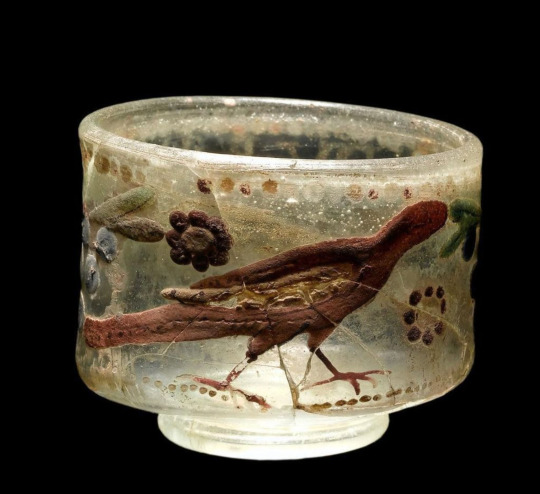
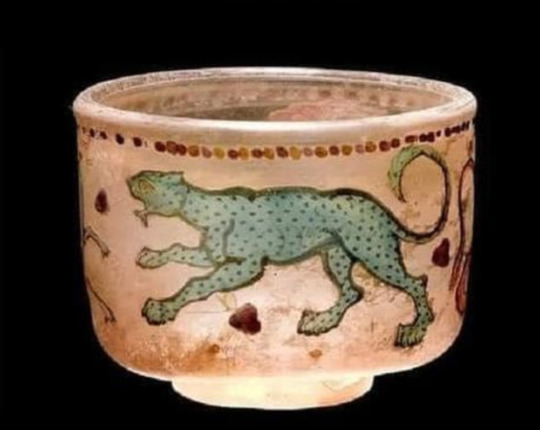
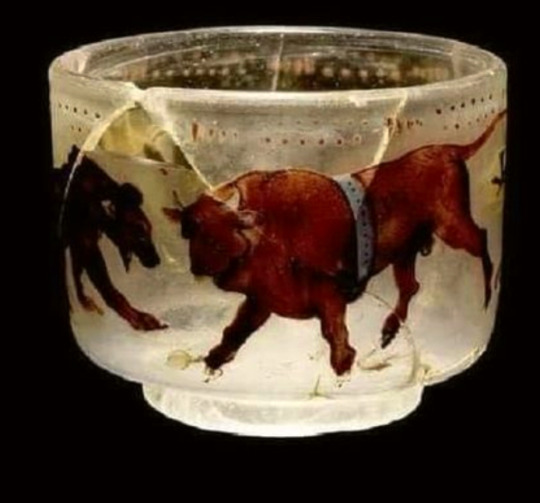
Roman Glass Cups (3rd Century AD)
933 notes
·
View notes
Text




Victoria Road Roman Pavement from Corinium Museum, Cirencester.
Part of a much larger pavement; twelve octagonal panels would have existed but only three survive today.
#romans#roman empire#roman britain#roman mosaic#mosaic#roman#roman culture#roman society#roman living#Corinium#Cirencester#roman art#roman crafts#ancient cultures#ancient living#archaeology#relics
185 notes
·
View notes